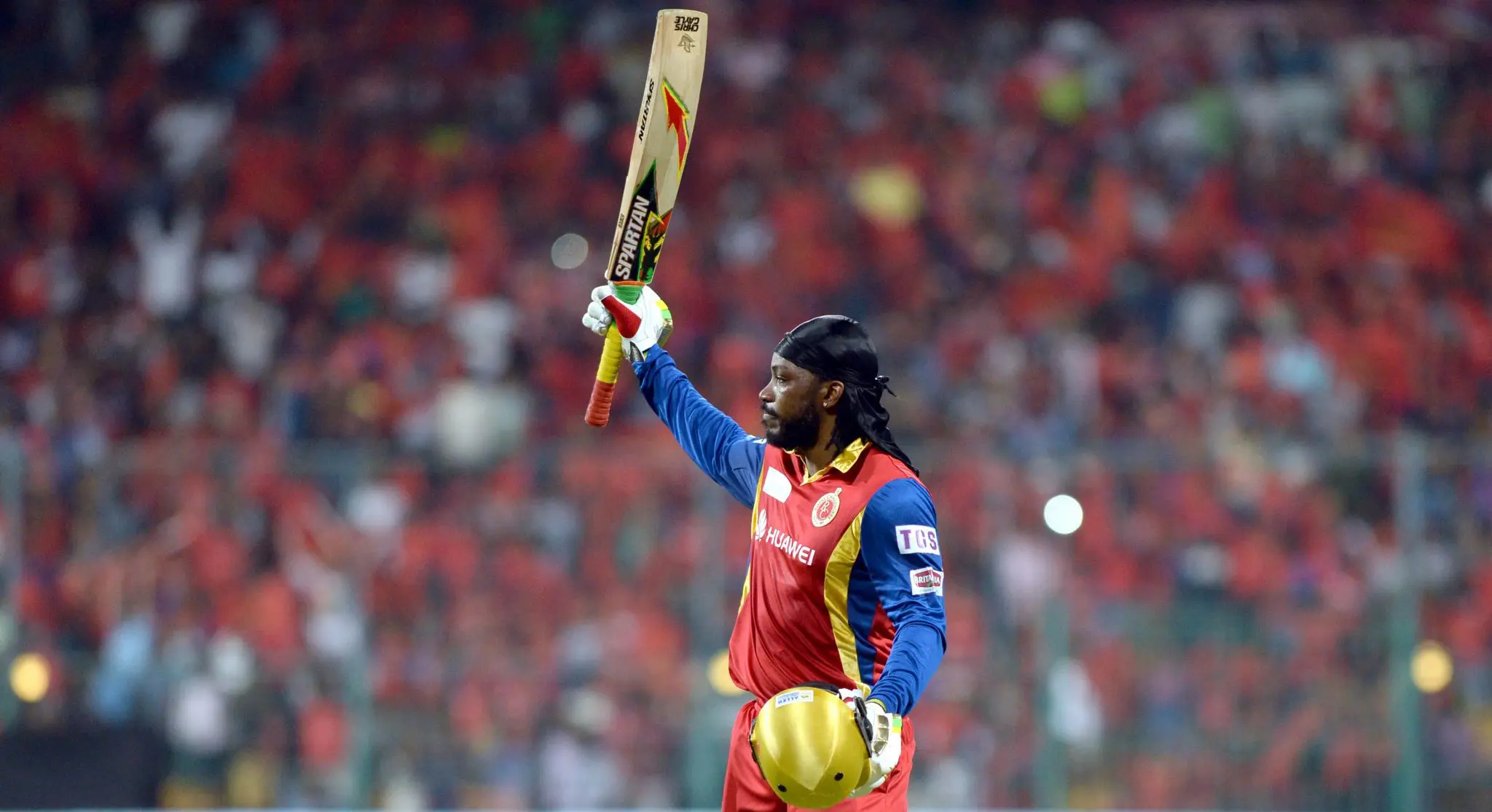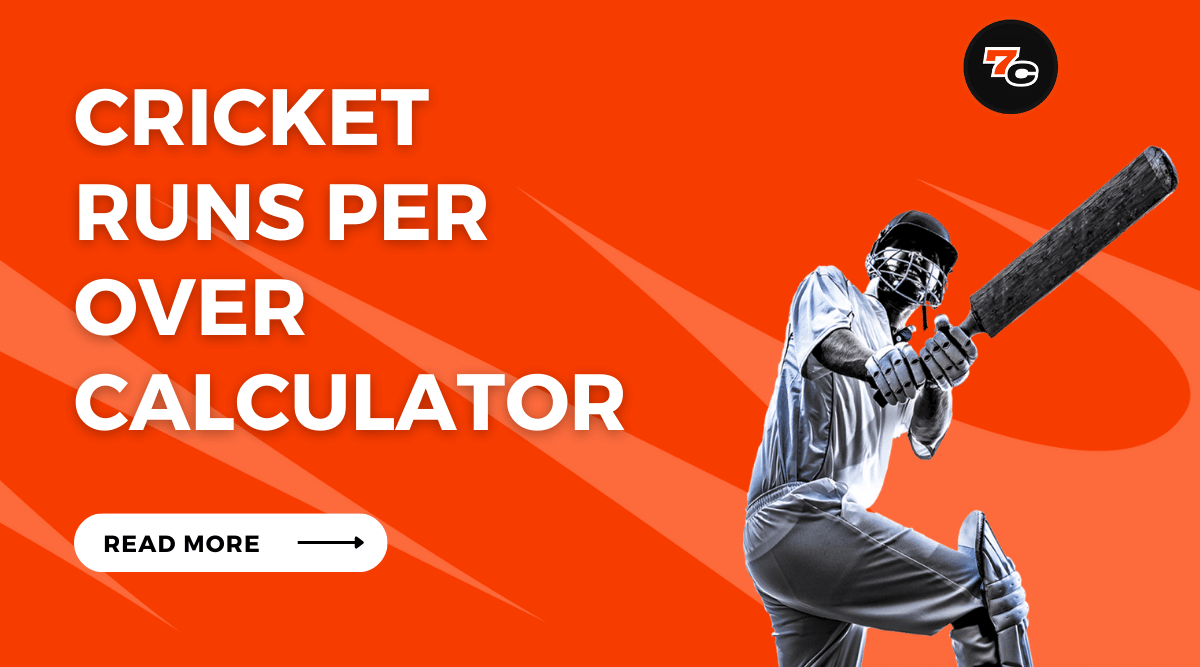In cricket, the term “back foot” refers to both a specific stance and a type of shot played by a batsman.
- Back Foot Stance: When a batsman is said to be “on the back foot,” it means that their weight is shifted towards the back leg.
This position is often adopted when facing a shorter delivery that bounces higher, allowing the batsman more time to watch the ball and play it effectively.
It contrasts with being “on the front foot,” where the weight is shifted towards the front leg, usually when playing a fuller delivery. - Back Foot Shots: There are various shots that a batsman can play from the back foot, including the back foot drive, back foot defense, cut, pull, and hook. These shots are typically played to shorter and rising deliveries.
The back foot drive is played with a vertical bat, often through the covers or down the ground, while the cut, pull, and hook are more horizontal-bat shots played to balls outside off stump or on the leg side.
Being comfortable playing both on the front foot and the back foot is essential for a batsman, as it allows them to adapt to different lengths and types of deliveries.
A batsman’s ability to move quickly between front and back foot positions is a sign of good technique and can be crucial in facing fast bowlers or playing on pitches with variable bounce.
What is Back Foot in Cricket?
The back foot in cricket refers to the position and movement of the batsman’s rear foot during play.
It plays a crucial role in both batting and defensive techniques, as well as in strategies for bowlers. Understanding the concept of the back foot is essential for cricketers to excel in their game.
In batting, the back foot helps maintain balance, stability, and power while playing shots. It allows the batsman to transfer weight onto the front foot to generate power and control the direction of the shot.
Additionally, the back foot is instrumental in executing defensive techniques, such as playing back to short-pitched deliveries.
Bowlers also utilize the concept of the back foot in their strategies. By targeting the batsman’s back foot, they aim to disrupt their balance and induce mistakes.
However, mastering the back foot can be challenging, and cricketers often make mistakes in its execution.
This article will explore the definition, significance, and techniques related to the back foot in cricket, along with common challenges faced by players.
Key Takeaways
- The back foot in cricket is crucial for maintaining balance, stability, and power while playing shots.
- It allows batsmen to transfer weight onto the front foot to generate power and control the direction of the shot.
- Playing off the back foot is important for effectively handling shorter deliveries and executing defensive techniques.
- Bowlers can use the back foot to generate power and efficiently transfer it into the ball, influencing its movement.
Definition and Explanation of the Back Foot in Cricket
The back foot in cricket refers to the rear foot of the batsman that remains anchored on the ground as they play a shot, providing stability and balance to their batting stance.
When a batsman plays a shot off the back foot, it means they are transferring their weight onto their back foot while still maintaining their position on the crease. This allows them to have a solid base and generate power through their shots.
The back foot is crucial in cricket as it enables the batsman to effectively handle deliveries that are pitched shorter in length.
By transferring their weight onto the back foot, the batsman gains extra time to react to the delivery and adjust their shot accordingly.
This is particularly useful when facing fast bowlers who often deliver bouncers or short-pitched deliveries aimed at unsettling the batsman.
In terms of technique, playing off the back foot requires the batsman to have a strong and stable stance.
The weight should be evenly distributed between both feet, with the back foot firmly planted on the ground.
This allows the batsman to pivot and rotate their hips while maintaining balance, enabling them to generate power and precision in their shots.
Overall, the back foot plays a vital role in a batsman’s technique, providing the necessary stability and balance to execute shots effectively, especially against shorter-pitched deliveries.
Impact of the Back Foot on Batting Techniques
Impact of the back foot on batting techniques can greatly influence a player’s stance and overall balance at the crease.
The position and movement of the back foot during a cricket shot play a significant role in the execution and effectiveness of the shot.
Here are three key ways in which the back foot impacts batting techniques:
- Weight transfer: The back foot serves as a pivot point for weight transfer during a cricket shot. As the ball approaches, the batsman shifts their weight onto the back foot to generate power and maintain balance. This transfer of weight allows the batsman to effectively transfer force into the shot.
- Stability: The back foot provides stability and a solid base for the batsman. It helps maintain balance and control throughout the shot, allowing the batsman to play shots with more accuracy and power. A stable back foot enables the batsman to adjust to different types of deliveries and execute shots with precision.
- Shot selection: The positioning of the back foot can influence shot selection. A batsman with a well-placed back foot can easily adapt to different lengths of deliveries and choose appropriate shots accordingly. It allows for greater versatility in shot selection and helps the batsman effectively respond to a variety of bowling strategies.
The back foot plays a crucial role in batting techniques, affecting weight transfer, stability, and shot selection. A batsman with a strong and well-positioned back foot can enhance their overall performance at the crease.
Role of the Back Foot in Defensive Techniques
One important aspect to consider in the realm of defensive techniques is the significant role that the positioning and movement of the back foot plays.
In cricket, the back foot serves as a crucial foundation for maintaining balance and stability while defending against the opponent’s deliveries.
When a batsman faces a fast bowler or a spinner, the back foot acts as a pivot point, allowing the player to shift their weight and react quickly to the ball’s movement.
By pushing the back foot towards the line of the delivery, the batsman can create a solid base and generate power to counter the force of the ball.
Additionally, the back foot provides a platform for the batsman to transfer their weight onto the front foot, enabling them to move forward and meet the ball with precision.
It also facilitates a smooth transition from a defensive stance to an attacking one, as the batsman can easily push off the back foot to initiate a powerful shot.
Therefore, mastering the positioning and movement of the back foot is essential for batsmen looking to enhance their defensive techniques in cricket.
Back Foot Strategies for Bowlers
Bowlers can employ various strategic techniques involving their footing to maximize their effectiveness in the game.
One such strategy is the use of the back foot. The back foot plays a crucial role in a bowler’s delivery and can significantly impact the speed, accuracy, and movement of the ball.
When a bowler lands on their back foot during the delivery stride, it allows them to generate more power and transfer it efficiently into the ball.
By pushing off forcefully from the back foot, bowlers can generate greater momentum and generate more pace. This is particularly important for fast bowlers who rely on raw pace to trouble the batsmen.
In addition to generating pace, the back foot also plays a crucial role in maintaining balance and control.
By landing on the back foot, bowlers can ensure that their body weight is evenly distributed, allowing for better control over the delivery.
This is especially important for spin bowlers who rely on variations in flight and spin to deceive the batsmen.
Furthermore, the back foot can also influence the movement of the ball. By angling the back foot towards the desired direction, bowlers can create swing or seam movement, making it difficult for the batsmen to predict the trajectory of the ball.
The strategic use of the back foot is essential for bowlers to maximize their effectiveness in cricket. It allows them to generate power, maintain balance, and influence the movement of the ball.
By mastering the techniques associated with the back foot, bowlers can become more formidable opponents on the field.
Common Mistakes and Challenges Related to the Back Foot
Mistakes and challenges related to the technique involving the back foot are common among bowlers, hindering their ability to generate power, maintain balance, and influence the movement of the ball effectively.
To avoid these issues, it is crucial for bowlers to be aware of the common pitfalls they may encounter and work on rectifying them.
- Inadequate weight transfer: Bowlers often fail to transfer their weight properly onto the back foot, resulting in a lack of power and control in their delivery. This can lead to ineffective bowling and reduced pace.
- Poor footwork: Incorrect foot positioning or movement can disrupt the bowler’s balance and timing, making it difficult for them to execute their desired delivery accurately.
- Lack of flexibility: A rigid back foot can limit a bowler’s ability to adjust their stride length and body position, affecting their accuracy and ability to generate swing or spin.
- Insufficient use of the back leg: Neglecting to utilize the back leg effectively can result in reduced power and control in the delivery, limiting the bowler’s effectiveness.
By addressing these common mistakes and challenges related to the back foot, bowlers can enhance their overall technique, improve their performance, and become more effective in influencing the movement of the ball.
Wrapping Up: Back Foot in Cricket
The back foot in cricket refers to the foot that is farthest away from the direction of play. It plays a crucial role in batting techniques, providing stability and power to shots.
The back foot is also important in defensive techniques, allowing the batsman to maintain balance and protect their wicket.
For bowlers, strategies involving the back foot can be used to vary the pace and length of their deliveries.
However, there are common mistakes and challenges associated with the back foot, which players must be aware of.
In conclusion, the back foot is a fundamental aspect of cricket that impacts both batting and bowling techniques.
Frequently Asked Questions
How does the back foot affect a batsman's ability to play attacking shots?
The back foot in cricket refers to the foot that remains behind the batting crease while playing a shot. It provides stability and balance to the batsman, allowing them to transfer their weight and generate power for attacking shots.
What are some tips for bowlers to effectively use their back foot while delivering the ball?
To effectively use their back foot while delivering the ball, bowlers should focus on maintaining a strong and balanced body position, generating power from their back leg, and using their back foot as a pivot to generate momentum and accuracy in their delivery.
Are there any specific drills or exercises to improve back foot technique for defensive shots?
Specific drills and exercises can be used to improve back foot technique for defensive shots in cricket. These drills focus on developing balance, footwork, and timing, and include shadow batting, using a ball thrower, and practicing against a bowling machine.
What are some common mistakes made by bowlers while using their back foot strategies?
Common mistakes made by bowlers when using their back foot strategies include improper weight distribution, poor balance, and incorrect positioning. These errors can lead to loss of power, lack of control, and compromised accuracy in their deliveries.
How does the back foot position affect a batsman's balance and stability at the crease?
The back foot position of a batsman in cricket affects their balance and stability at the crease. It provides a solid foundation for executing shots and enables the batsman to transfer weight effectively, resulting in better control and timing of the ball.











